MAGNETIC OBSERVATORIES LOCATIONS
Graph-3 Zone Review and Forecast
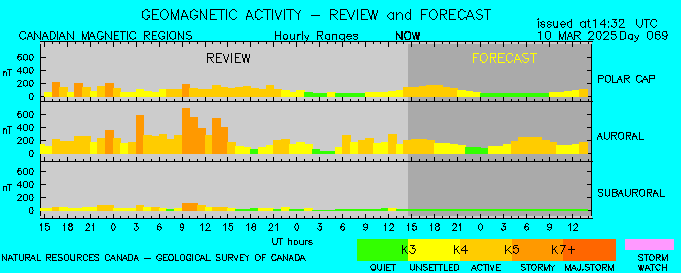
|
27 DAY MAGNETIC FORECASTDRX for the zone is the mean of 24, 1 hour values. Because this averaging process has the effect of smoothing (filtering) the more rapid fluctuations in the field, the qualitative descriptors are defined rather differently than for the short-term forecasts. Units are nanoteslas (nT). This could be roughly equivalent to a one-day "A-index"
|
CURRENT NORTH AURORAL OVAL ACTIVITY |
CURRENT SOUTH AURORAL OVAL ACTIVITY |
Real Time Status Reports
The Reports for the several geographic regions are derived from actual measurements made at magnetic observatories situated in each of the regions. In each case, data are telemetered from the observatory to headquarters in Ottawa, where the data are processed to produce a Kr index to characterize the level of magnetic disturbance measured during the past hour.
For the Eastern North America region, the status report is updated every minute, whereas reports for the other regions are updated every five minutes, because of less frequent data telemetry.
For qualitative comparison, the words describing the activity levels used in other forecast formats in this web site are included. Colours in the display panels change according to the level of the magnetic activity and Kr index, ranging from green, through yellow, amber, orange, to red.
Regional Forecasts
The Forecasts are provided as summaries of the expected activity during the next 3 hours and during the following 3 hours, for each of the regions. Again, for ease of comparison with other sources of information, they are presented in terms of the Kr index. The forecasts are updated every fifteen minutes. The words describing the activity levels and the panel colour scheme used for the Status Reports also apply to the Forecast panels. When appropriate, Major Storm Watches are issued, indicating that conditions are such that Major Storm activity could occur during the time interval. When a watch is in effect, the upper part of the appropriate panel is coloured purple, and a Storm Watch message appears below the Forecast panels.
Kr Index
The Kr index is approximately equivalent to the local K index, but whereas the true K index is not routinely available until the day after data are measured (and then only for three observatories), the Kr index is available almost immediately. The two indices can differ slightly at low levels of activity but are not significantly different at high levels of activity. There are nine levels in the Kr index, as in the K index. Whereas the K index is defined over an interval of 3 hours, the Kr index is defined over an interval of 1 hour. It is derived from the running hourly range computed from the incoming observatory data, and is equivalenced to the K scale.
DRX (24hr Kr mean) "A-index"
The levels of geomagnetic field activity, or disturbance, currently used in the long-term (up to 27 days) forecasts are labelled qualitatively for general usage. For each of the three major zones (subauroral, auroral, polar cap), the range of activity is divided into four classifications: quiet, unsettled, active, storm. The actual parameter used for reporting and forecasting magnetic activity is a daily index. It is known as DRX and is the average of the hourly ranges (maximum minus minimum during each hour) in the X (northward) component of the magnetic field intensity for a day (the UT [or GMT] day), ie DRX for the zone is the mean of 24 values. Because this averaging process has the effect of smoothing (filtering) the more rapid fluctuations in the field, the qualitative descriptors are defined rather differently than for the short-term forecasts. Units are nanoteslas (nT).
| Below are soft X-ray solar images. Bright spots indicate active regions or flares. Click the image to see real-time .gif movies of the sun. (from SOHO: http://soho.nascom.nasa.gov/ ) |
| SOHO-17.1mm | SOHO-19.5mm | SOHO-28.4mm | SOHO-30.4mm |
 |
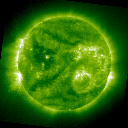 |
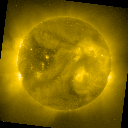 |
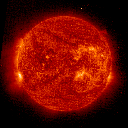 |
Below is the latest solar image from SDO (solar dynamics observatory) at an AIA wavelength of 171 (Go here for more images and detail: http://sdo.gsfc.nasa.gov/data/)
Click the image for a larger view...amazing detail!
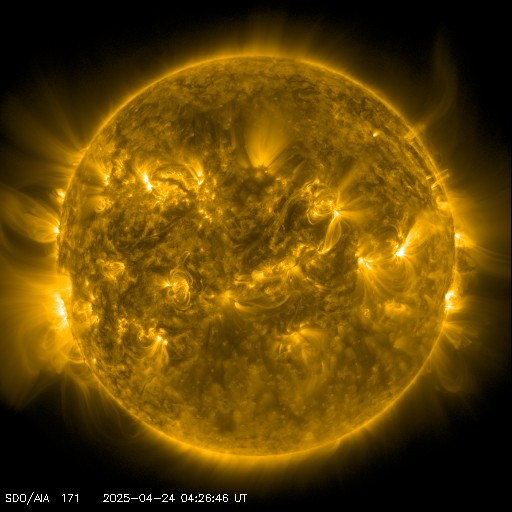 |
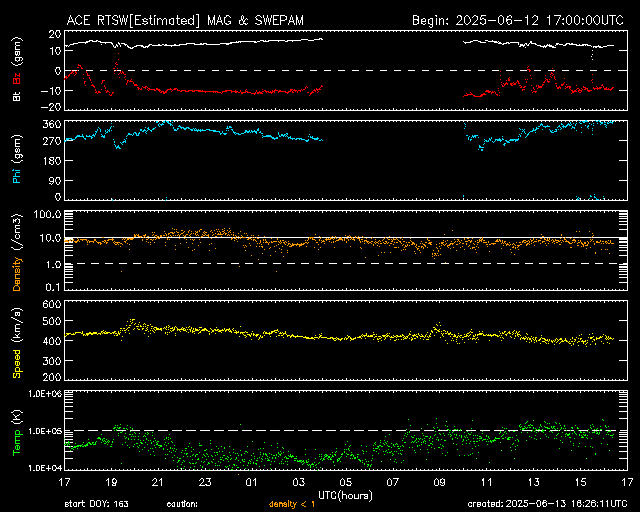 Great link to real-time graph: Real Time Solar Wind | NOAA / NWS Space Weather Prediction Center |
| Below is an EXCEL chart showing how the DAILY A index changes
relative to sunspot numbers from 1932 till present. Created from raw
data downloaded from: GFZ Potsdam Black is Sunspot number, Orange is Ap Notice how the geomagnetic activity seems to be lowest (low Ap) just at the beginning of the up-cycle of each sunspot cycle. |
|
Below is a great interactive resource from NOAA plotting the sunspots since 1750! You can select any time frame you want to zoom in....Click the photo to go to the page.... |
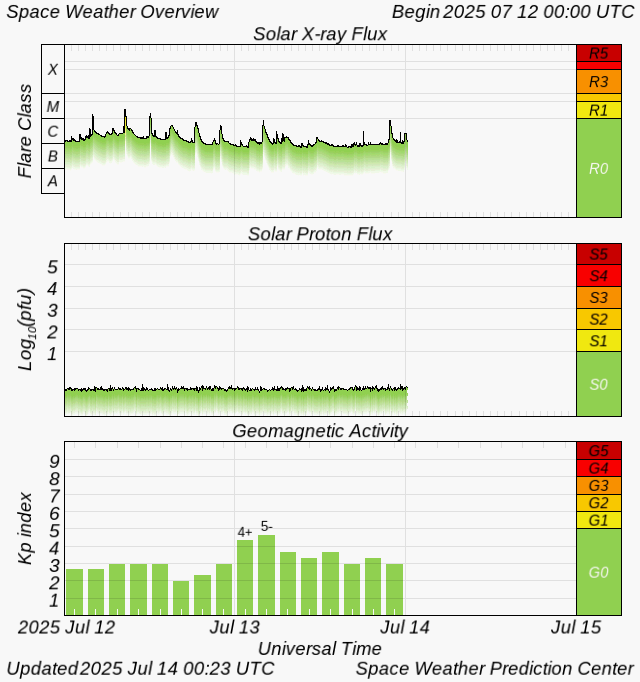
 |
LIGHTNING DATA Static (QRN) got you down....why can't he copy me????? Maybe he has high QRN !!! Here are some links to show lightning activity in different parts of the world: World and areas: North America and World Canada: Canadian Lightning Map World: http://webflash.ess.washington.edu/L_plot_global_map.jpg North America: http://www.lightningstorm.com Europe: http://www.euclid.org/realtime.html Australia: http://www.weatherzone.com.au/radar |
|
CURRENT LIGHTNING AROUND THE WORLD Lightning stroke positions are shown as coloured dots which "cool down" from blue for the most recent (occurring within the last 10 min) through green and yellow to red for the oldest (30-40 minutes earlier).
|
|